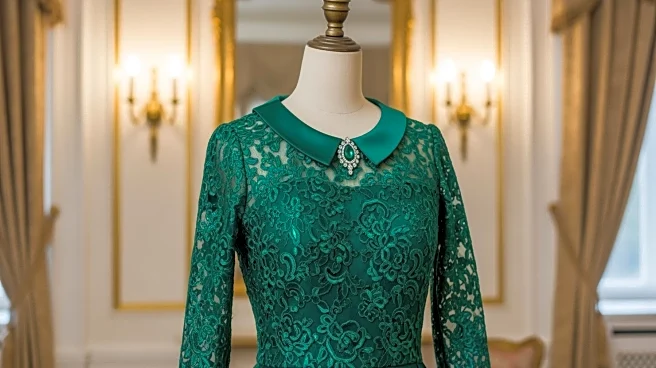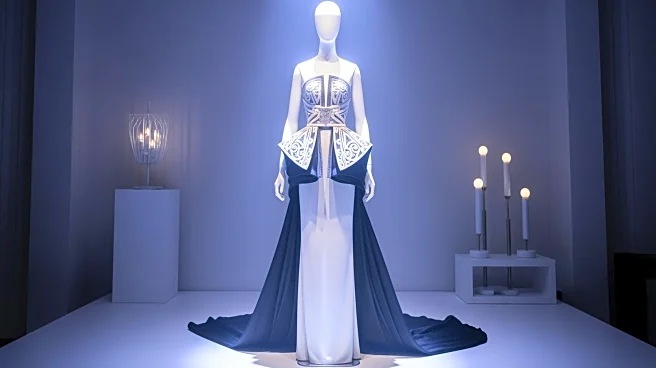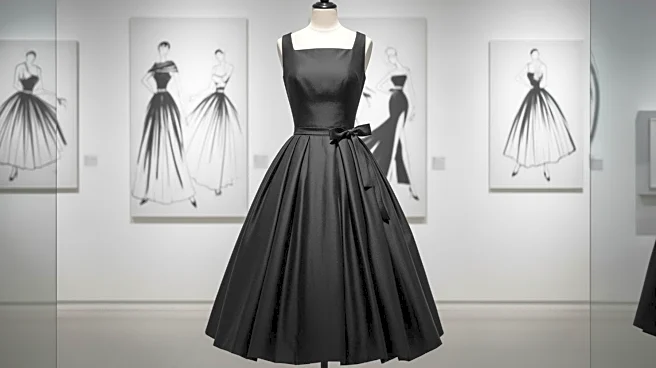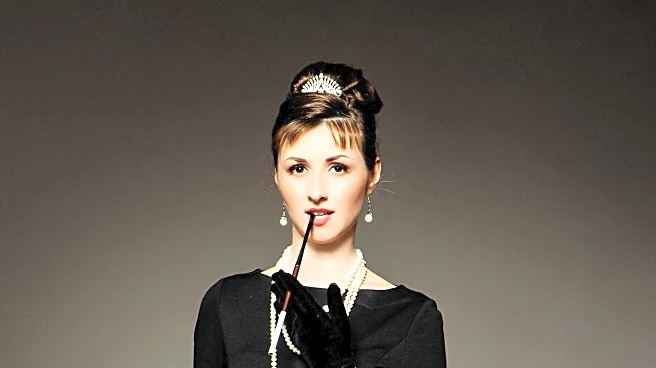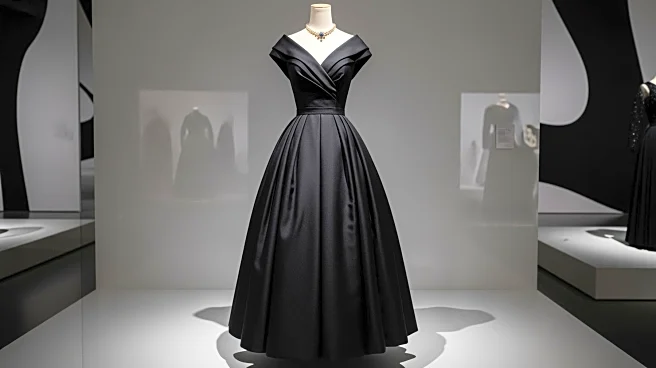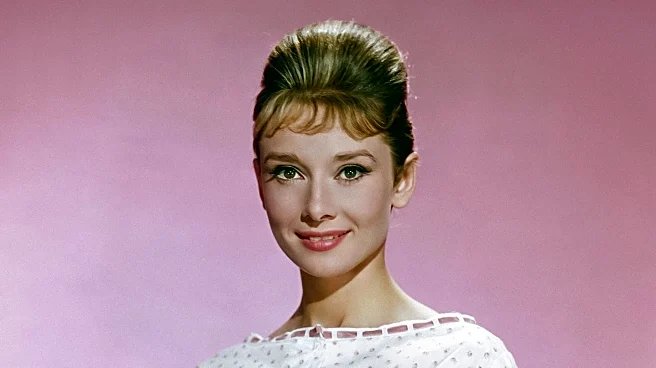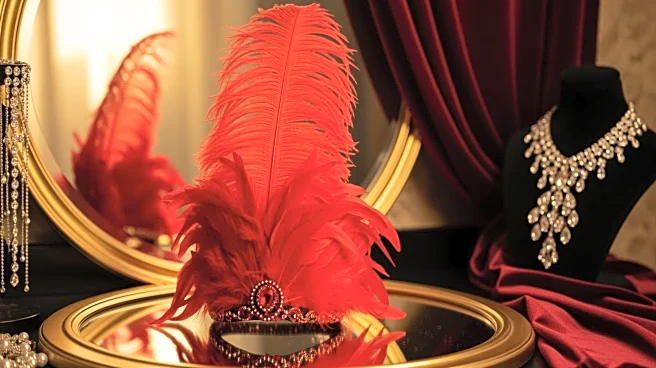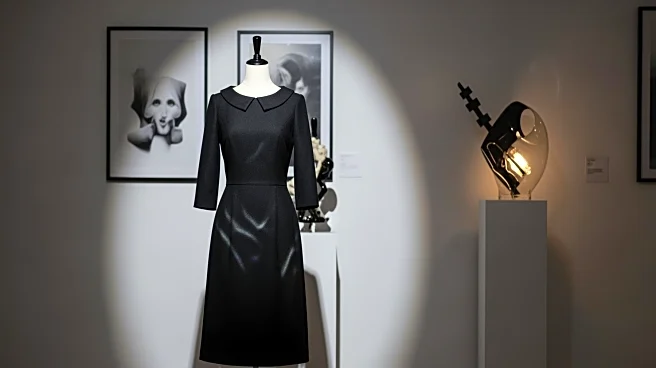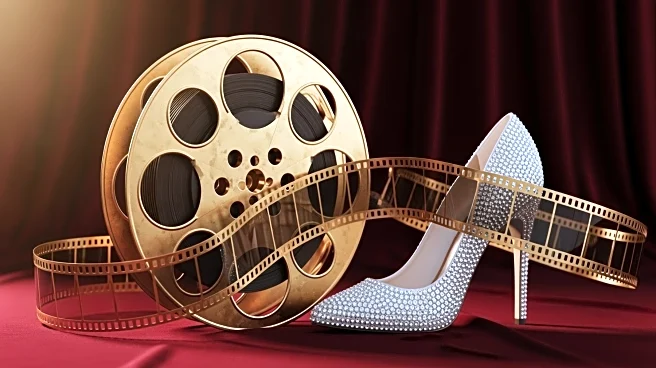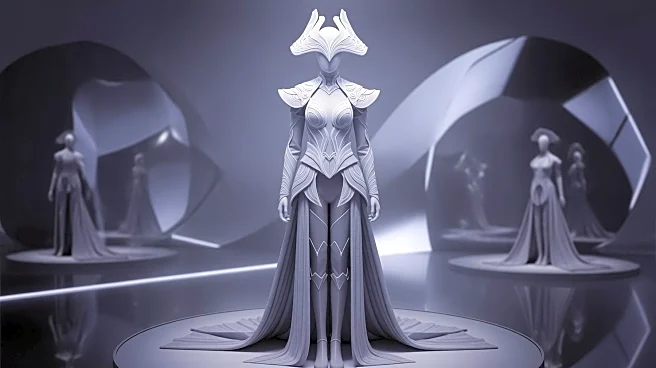What's Happening?
Keira Knightley's emerald-green slip dress from the film 'Atonement' has achieved iconic status in the fashion world. The dress, designed by Jacqueline Durran, was created for a pivotal scene in the movie
and has since been recognized for its cultural impact. The costume team produced multiple versions of the dress due to its fragility, and one was auctioned for $35,000 in 2009. The dress has been compared to other legendary film costumes, such as Audrey Hepburn's little black dress in 'Breakfast at Tiffany's'. The dress's unique shade of green was achieved by layering fabrics and expert dyeing, contributing to its memorable appearance.
Why It's Important?
The enduring popularity of Knightley's dress highlights the significant role of costume design in film and its influence on fashion trends. The dress's recognition underscores the intersection of cinema and fashion, where iconic film costumes can transcend their original context to become cultural symbols. This phenomenon can drive interest in vintage fashion and inspire contemporary designers, as seen with the dress's recreation by Tory Burch and its influence on other designers like Nensi Dojaka. The auctioning of the dress for charity also demonstrates how film memorabilia can be leveraged for philanthropic efforts.
What's Next?
The continued interest in the 'Atonement' dress suggests that it will remain a reference point in fashion history. Designers may continue to draw inspiration from its style and color, potentially leading to new interpretations in future collections. The dress's legacy may also encourage filmmakers and costume designers to consider the long-term cultural impact of their work, potentially influencing the design choices in upcoming films.
Beyond the Headlines
The story of the 'Atonement' dress illustrates the power of film to create lasting cultural artifacts. It raises questions about the role of costume design in storytelling and how these elements contribute to a film's legacy. The dress's impact also highlights the potential for film to influence broader cultural and fashion trends, suggesting a symbiotic relationship between the two industries.
